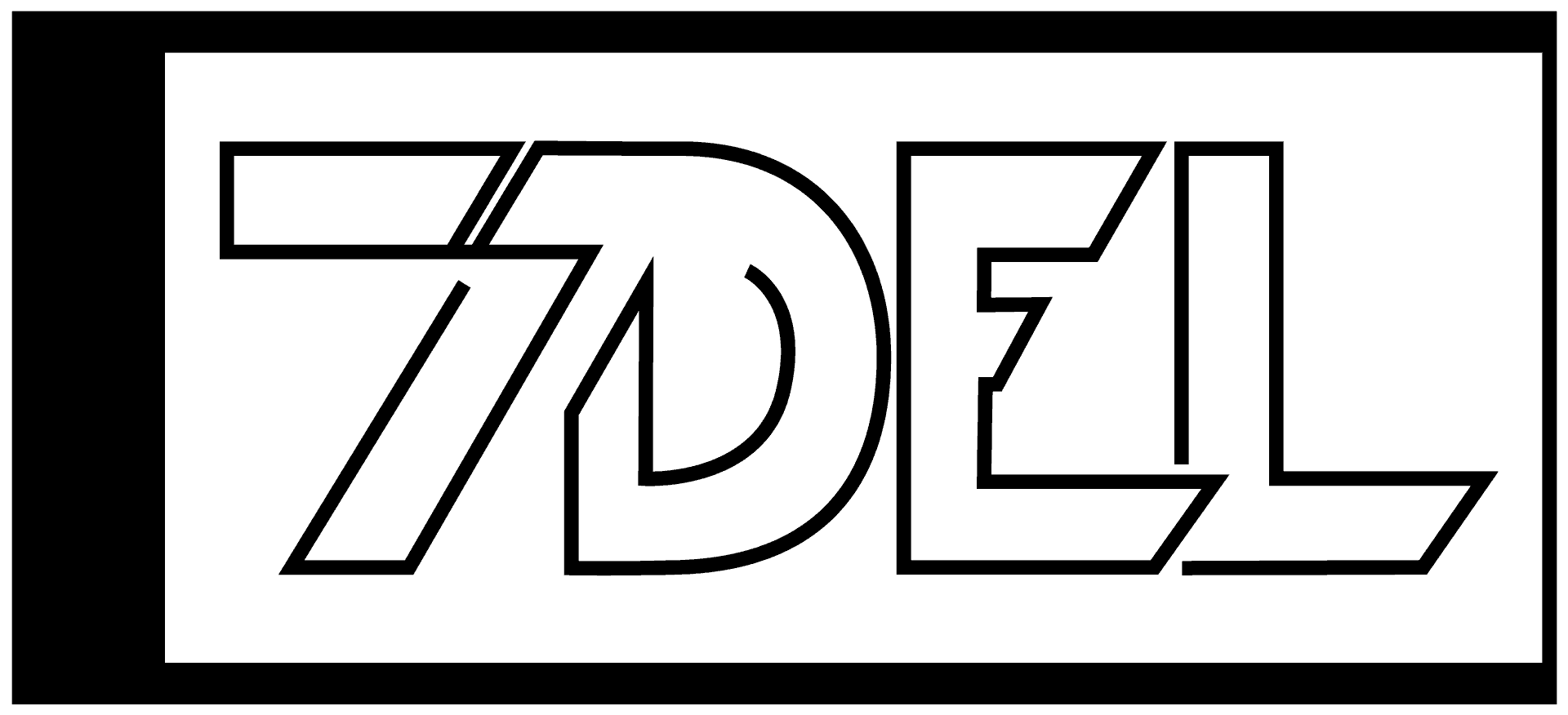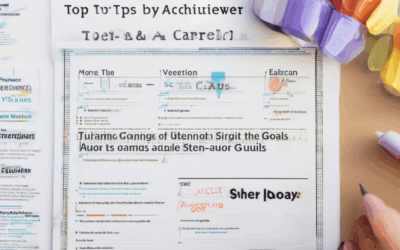In today’s fast-paced world, achieving ways to increase daily productivity is crucial for personal and professional success. Whether you’re juggling multiple tasks, managing a team, or striving for self-improvement, optimizing your daily routine can lead to significant gains in efficiency and output. From mastering time management techniques to adopting productivity hacks, there are countless strategies to boost productivity and elevate performance. This comprehensive guide delves into proven methods, offering practical advice on how to stay ahead in a constantly evolving environment. By exploring everything from the 333 rule to the 52/17 method, as well as effective time optimization practices, this article provides a wealth of insights to help you unlock your full potential and achieve your goals.

How Can I Be More Productive Every Day?
To enhance productivity, consider adopting the following structured approach:
- Set Clear, Realistic Goals : Begin by defining specific, achievable objectives. Break larger goals into smaller, manageable tasks, such as making your bed or organizing a specific area instead of aiming for overall cleanliness.
- Prioritize Tasks with the Eisenhower Matrix : Categorize your tasks into four quadrants: urgent and important, important but not urgent, urgent but not important, and neither. This tool helps focus on what requires immediate attention and what can be deferred.
- Implement Time Management Strategies :
- Use the Pomodoro Technique: Work for 25 minutes followed by a 5-minute break. Set reminders or use a timer app to stay on track.
- Avoid Procrastination: Break tasks into smaller steps and tackle one at a time to reduce overwhelm.
- Minimize Distractions : Turn off notifications during work hours and use apps like the Forest app to stay focused. Consider blocking distracting websites.
- Prioritize Sleep : Aim for 7-8 hours of quality sleep. Establish a bedtime routine, such as avoiding screens an hour before bed, to improve sleep consistency.
- Maintain Health : Plan balanced meals or meal prep to avoid unhealthy choices. Incorporate short walks during breaks to boost energy levels.
- Practice Mindfulness : Dedicate a few minutes daily to meditation or deep breathing exercises to reduce stress and enhance focus.
- Avoid Multitasking : Focus on one task at a time. Use the 80/20 rule to concentrate on high-impact activities, identifying tasks that truly drive progress.
- Learn to Say No : Selectively decline non-essential commitments to focus on priority tasks, ensuring time for high-impact work.
- Reflect and Review : End each day with a brief review, noting achievements and areas for improvement. Keep a journal to track progress and celebrate milestones.
- Organize Digitally and Physically : Implement a filing system and utilize tools like Google Drive or Trello for efficient document management.
- Celebrate Small Wins : Acknowledge daily accomplishments, no matter how minor, to maintain motivation and boost confidence.
By integrating these strategies consistently, you can optimize your daily productivity, making the most of each day.
The 333 Rule for Productivity
The 3-3-3 productivity method is a simple yet effective strategy to boost efficiency and manage tasks effectively. Here’s a breakdown of how it works:
- 3 Hours:** Dedicate three hours each day to your most critical task or project. This ensures you focus on high-priority responsibilities without distractions.
- 3 Quick Tasks:** After spending your three hours, tackle three smaller, easier tasks that you’ve been avoiding. These can be quick wins to build momentum and motivation.
- 3 Minutes:** Finally, spend three minutes on maintenance activities, such as checking emails, scheduling appointments, or reviewing your calendar. This prevents small tasks from becoming overwhelming.
This method works because it helps you:
- Maximize productivity during peak hours
- Address nagging tasks efficiently
- Stay organized without getting overwhelmed
To apply the 3-3-3 rule effectively:
- Identify your most important task each day
- Set clear deadlines for your three-hour block
- Use the remaining time for quick, low-priority tasks
- Stick to your schedule to avoid distractions
By implementing the 3-3-3 rule consistently, you can significantly improve your productivity and overall job performance. Remember, the goal is to work smarter, not harder, while maintaining a healthy balance between work and personal life.
For more productivity tips and tools, visit us at 7Del.net and explore our resources designed to enhance your efficiency and well-being.

The 52/17 Rule for Productivity
The 52/17 rule is a popular time management strategy designed to maximize productivity by balancing work intervals with short breaks. Here’s a breakdown of how it works and why it’s effective:
- Work Interval:** 52 minutes – This is the duration you dedicate to focused work without distractions. During this time, you should concentrate on high-priority tasks and avoid switching between tasks.
- Break Duration:** 17 minutes – After every 52 minutes of work, take a 17-minute break. This short downtime allows your brain to rest, recharge, and return to work with renewed focus and energy.
This rule is based on the idea that sustained focus leads to better productivity, but frequent breaks help maintain cognitive function and creativity. By following the 52/17 ratio, you can sustain peak performance over longer periods without experiencing burnout or fatigue.
To implement this rule effectively:
- Use a timer to track your work and break intervals.
- Stick to the schedule consistently to build momentum.
- During work time, minimize interruptions and focus solely on the task at hand.
By adopting the 52/17 rule, you can optimize your workflow, enhance productivity, and maintain a healthy balance between work and relaxation. This approach is particularly useful for individuals who need to manage multiple tasks while maintaining high levels of focus and efficiency.

How to Maximize Your Time Daily?
- Set Clear Priorities: Begin your day by listing your most important tasks and focusing on them first. This ensures you dedicate your time effectively.
- Time Blocking: Divide your day into specific time slots allocated for different activities. This helps in staying organized and focused.
- Leverage Productivity Tools: Utilize apps and software that streamline your workflows, such as task management tools or habit-tracking apps.
- Limit Distractions: Create a distraction-free workspace and enable notifications only for essential messages. This allows you to stay concentrated on your tasks.
- Break Tasks into Smaller Steps: Large goals can feel overwhelming, so break them down into manageable smaller tasks. This makes progress feel more achievable.
- Practice the Pomodoro Technique: Work for 25 minutes, then take a short break. This helps in maintaining focus and preventing burnout.
- Stay Organized Digitally: Use digital tools like calendars and to-do lists to keep track of your schedule and deadlines efficiently.
- Delegate When Possible: Assign tasks to others whenever feasible to free up your time for more important activities.
- Unplug Regularly: Take breaks from screens to refresh your mind and recharge your energy levels.
- Review and Reflect: At the end of each day, reflect on what you’ve accomplished and adjust your plans for the next day accordingly.
For more tips and resources on optimizing your daily routine, visit our productivity guide or explore our latest articles on maximizing efficiency.
The 5 P’s of Time Management
The 5 P’s of time management are a popular framework used to enhance productivity and effectiveness. Here’s a breakdown of each component:
Prioritization
- Identify tasks based on urgency and importance.
- Use techniques like the Eisenhower Matrix to categorize tasks.
- Focus on high-priority activities first.
Planning
- Set clear goals and objectives.
- Create detailed schedules or timelines.
- Break down larger tasks into manageable steps.
Prevention
- Anticipate potential obstacles or challenges.
- Develop contingency plans.
- Address issues before they become problems.
Production
- Maximize efficiency during task execution.
- Use tools and resources effectively.
- Focus on delivering high-quality results.
Preparation
- Conduct thorough research or background work.
- Review necessary materials or documents.
- Ensure readiness for meetings or presentations.

Optimizing Your Daily Life
Optimizing your daily life involves creating habits and routines that enhance productivity, health, and overall well-being. Here’s a structured approach to help you achieve this:
1. Set Clear Goals
Start your journey by defining clear, achievable objectives. Whether it’s personal, professional, or financial, having goals gives direction and purpose. Break them down into smaller, manageable tasks to stay on track.
2. Organize Your Time Effectively
Use a combination of digital and traditional tools to manage your schedule. Consider using apps like Todoist or Trello for task management, or opt for a classic paper planner if digital tools feel overwhelming. Consistency is key to seeing improvements.
3. Prioritize Sleep
Quality sleep is essential for productivity and mental health. Develop a bedtime routine, such as reading or taking a warm bath, to signal it’s time to rest. Keep electronics away from your bedroom to minimize late-night screen time.
4. Embrace a Healthy Lifestyle
Eat nutritious meals and snacks planned in advance to avoid impulse eating. Incorporate regular physical activity, even if it’s just short walks, to maintain energy levels. Staying hydrated is also crucial; carry a water bottle and set reminders to drink regularly.
5. Manage Stress and Practice Mindfulness
Engage in mindfulness practices like meditation or deep breathing exercises to reduce stress. Apps like Headspace or Calm offer guided sessions to help you start. Take regular breaks using a timer to avoid burnout and maintain focus.
6. Optimize Finances
Budget carefully to manage debts and track expenses with tools like Mint or YNAB. Automate savings and investments to create a secure financial foundation without much effort.
7. Continuously Learn and Grow
Allocate time weekly for learning new skills through courses or reading. Network with peers in your field to gain insights and support, fostering personal and professional development.
8. Limit Distractions
Block distracting websites using apps like Forest or StayFocusd. Focus on one task at a time to boost efficiency and reduce the temptation to switch mid-task.
9. Regularly Review and Adjust
Conduct weekly reflections to assess progress and tweak strategies as needed. Celebrate small achievements to stay motivated and maintain commitment to your goals.
Conclusion
By implementing these strategies, you can create a more balanced and fulfilling daily life. Remember, consistency and adaptability are key to long-term success. Keep moving forward, and enjoy the journey of self-improvement!




0 Comments